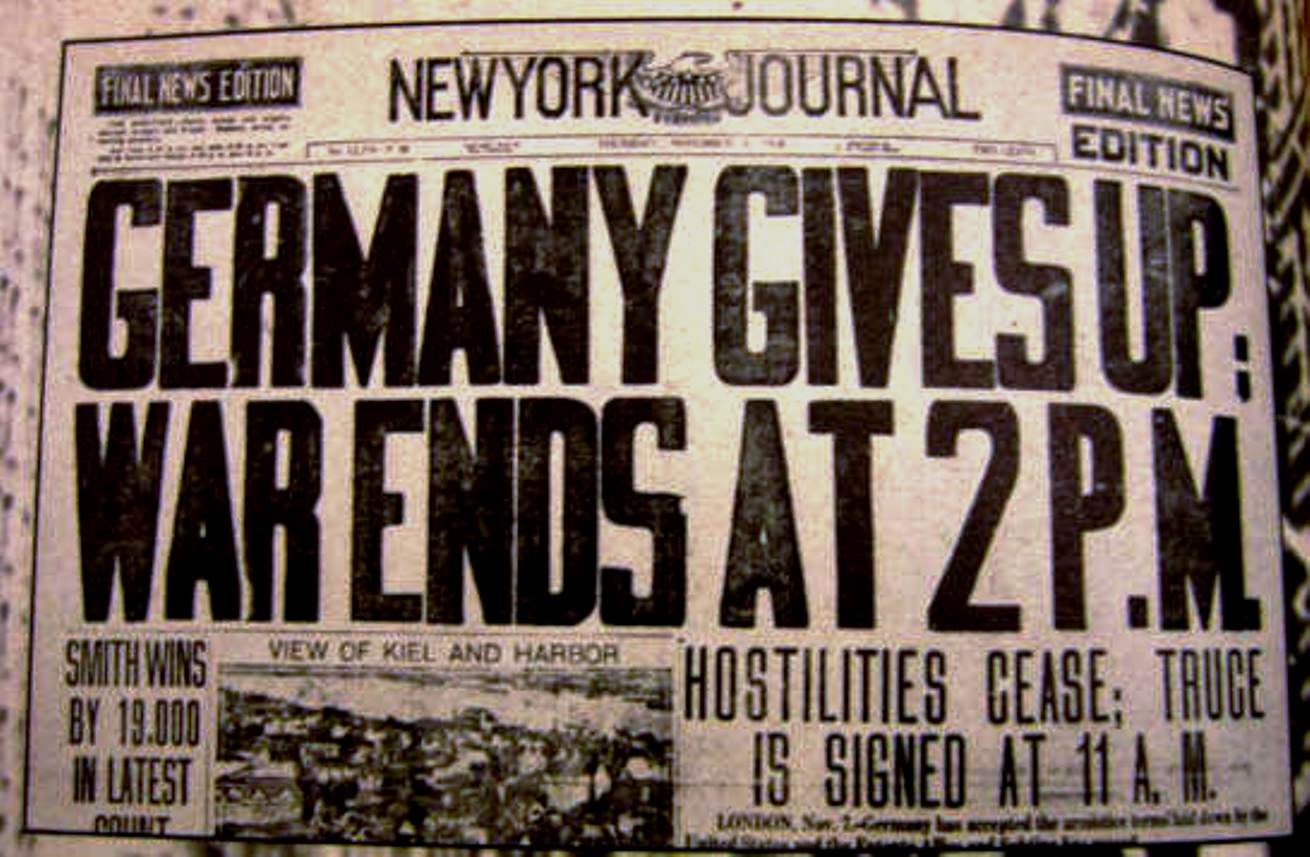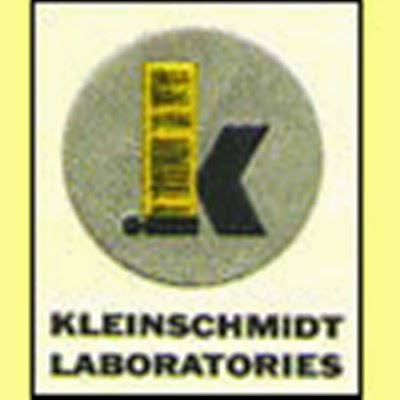Page from 1917 US Army Manual
There is a new word that appears frequently. For now, cantonment refers to any building inside a US Military installation.
Page from 1917 US Army Manual
From General to Private, we have a listing of ranks. The enlisted stripes and rockers has certainly changed.
Page from 1917 US Army Manual
Page from 1917 US Army Manual
Page from WW1 US Army Signal Corps Manual
Ranks of the Signal Corps Soldiers.
Devices page from US Army 1917 Manual
Devices page from 1917 US Army Manual
Page from 1917 US Army Manual
Notice how many Divisions had draftees as a major source of manpower.
Chart from freepages.genealogy.rootsweb.ancestry.com
For those of us interested in WW1 Military Divisions, here is a pretty comprehensive collection.
Chart from freepages.genealogy.rootsweb.ancestry.com
Revived WW1 and new WW11 Divisions are shown; some of which remain today.
Chart from freepages.genealogy.rootsweb.ancestry.com
All of these countries were Allies? Never knew.
Pie chart from en.Wikipedia.org
The U.S. entered the war about halfway through 1917 and fought until the Armistice on November 11, 1918.
Pie chart from en.Wikipedia.org
Chart from nuttyhistory.com
Map from en.wikipedia.org
This is the famous sharpshooter, SGT Alvin C. York.
His fame grew even more legendary when Gary Cooper starred as Sergeant York in a movie.
His fame grew even more legendary when Gary Cooper starred as Sergeant York in a movie.
Photo from mexicoarmando.com
From teargas to chlorine to mustard gases, no one was spared, not even the livestock.
Gas masks were standard equipment, but since time was so important, many horses and mules died more quickly than the troops.
Photo from freepages.genealoggy.rootsweb.ancestry.com
You can imagine how many horses, mules and other animals were killed and injured during the war.
Yes, this is a veterinary ambulance.
Photo from pinterest.com
For the most part, troop transports were not allowed to have windshields.
Photo from en.wikipedia.org
From Columbus, Ohio, the American fighter pilot who shot down 26 planes, Eddie Rickenbacker was our Ace pilot.
The Allies needed a hero to take some publicity away from the German hero.
Photo from en.wikipedia.org
Yes, this is THE RED BARON. Manfred von Richthofen began as a fighter pilot in 1915 and had 80 planes shot down until his death in 1918.
He is still considered the greatest war pilot ever. His legend grew even greater, strangely, as the foe of Snoopy in the Charles Schultz comic strip Peanuts.
Photo from pinterest.com
Photo of National WWl Museum, Kansas City, MO




































.jpg)





.jpg)







